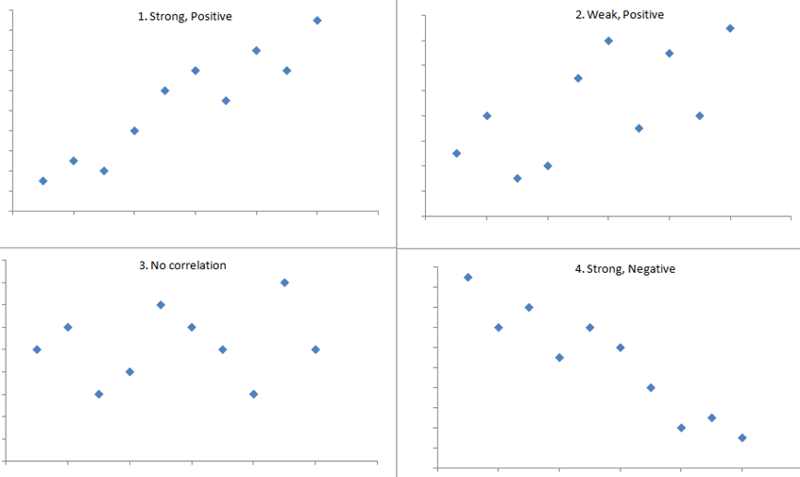Continuous vs. Discrete: Understanding the Difference in Predictor Variables for Machine Learning and Data Science
Machine learning and data science involve analyzing data and building predictive models to understand patterns and make predictions. When building these models, it's essential to understand the difference between continuous and discrete predictor variables. In this blog post, we'll explore what these terms mean, how they differ, and their impact on model performance.
Continuous Predictor Variables
Continuous predictor variables are numeric variables that can take any value within a range. For example, age, weight, and income are continuous variables. In machine learning, continuous variables are used to build regression models that predict the relationship between the predictor variable and the target variable. A regression model can be used to predict a continuous output variable such as the price of a house or the amount of rainfall.
Here's an example of how a continuous predictor variable can be visualized. The scatterplot below shows the relationship between a person's weight and their blood pressure.
Continuous Predictor Variable
As you can see from the graph, the weight of a person is a continuous variable because it can take any value within a range, and the relationship between weight and blood pressure is not linear.
Discrete Predictor Variables
Discrete predictor variables are variables that can take only a finite number of values or a countable number of values. Examples of discrete variables are gender, occupation, and city. In machine learning, discrete variables are used to build classification models that predict the class or category of an output variable. For example, a classification model can be used to predict whether a customer will buy a product or not based on their gender, occupation, and city.
Here's an example of how a discrete predictor variable can be visualized. The bar chart below shows the distribution of job types among a group of people.
Discrete Predictor Variable
As you can see from the graph, occupation is a discrete variable because it can only take a finite number of values, and the distribution of job types is shown in the bar chart.
Impact on Model Performance
The choice of predictor variables can have a significant impact on model performance. In general, continuous variables are more informative than discrete variables because they provide more information about the underlying distribution of the data. However, this is not always the case, and the choice of predictor variable depends on the problem at hand.
For example, if we're trying to predict the price of a house, the continuous variables such as the square footage of the house, the number of bedrooms and bathrooms, and the age of the house are more informative than the discrete variables such as the location of the house, the style of the house, and the school district.
Conclusion
In summary, the difference between a continuous and discrete predictor variable is whether the variable can take any value within a range or only a finite number of values. Continuous variables are used to build regression models, and discrete variables are used to build classification models. The choice of predictor variables depends on the problem at hand, and continuous variables are generally more informative than discrete variables.



Comments
Post a Comment